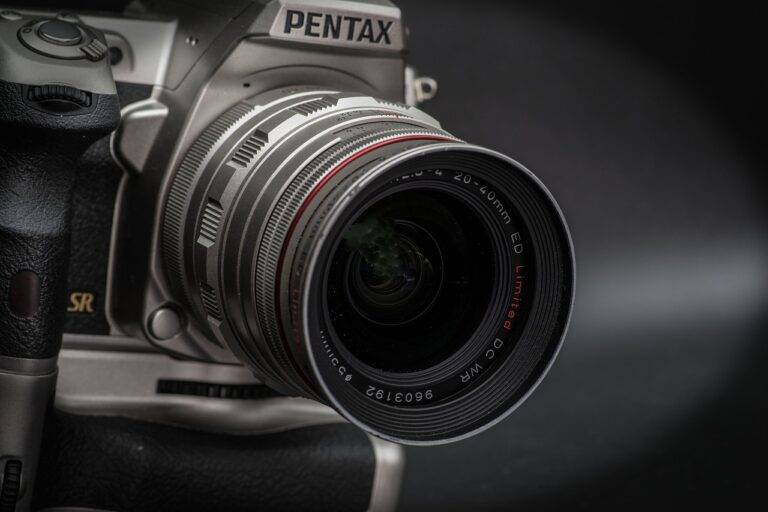The Future of Augmented Reality in Design
Augmented Reality, often abbreviated as AR, is a cutting-edge technology that blends virtual elements seamlessly with the real world. By superimposing computer-generated sensory inputs, such as sound, graphics, or GPS data, onto our physical surroundings, AR enhances our perception and interaction with the environment. This interactive experience enables users to see the world differently, offering a unique perspective that combines the real and the digital into a single cohesive reality.
Unlike virtual reality (VR), which creates a completely immersive digital environment, augmented reality enhances the existing reality by adding layers of digital information. This technology has found its way into various fields including entertainment, education, healthcare, marketing, and design. By revolutionizing the way we perceive and interact with the world around us, augmented reality is paving the way for a future where digital and physical realms seamlessly intertwine to enrich our daily experiences.
Evolution of Augmented Reality Technology
Augmented Reality (AR) technology has been expanding rapidly over the last decade, revolutionizing the way we interact with digital content. The evolution of AR technology has seen significant advancements from its early stages to the sophisticated systems we have today. Initially, AR was limited to simple applications like marker-based AR, where digital elements were superimposed on real-world objects using specific markers or codes.
As technology progressed, markerless AR emerged, allowing for a more seamless integration of digital content into the real world without the need for markers. This development opened up new possibilities for AR applications in various industries, from retail and marketing to education and entertainment. Combined with innovations in hardware, such as wearables and smartphones, AR technology has become more accessible and immersive, enhancing user experiences and blurring the lines between the physical and digital realms.
Applications of Augmented Reality in Design
Augmented Reality in design has revolutionized the way we conceptualize and visualize our creative ideas. Designers can now seamlessly integrate virtual elements into their real-world environment, allowing for enhanced prototyping and experimentation. This technology enables designers to preview spatial relationships, scale, and aesthetics in real-time, leading to more informed and efficient decision-making processes.
Moreover, the application of Augmented Reality in design offers a unique opportunity for immersive and interactive experiences. Users can interact with digital models and designs in a more intuitive and engaging manner, fostering a deeper connection with the creative vision behind the project. By bridging the gap between the virtual and physical worlds, Augmented Reality empowers designers to bring their ideas to life in a dynamic and captivating way, ultimately enhancing the overall design process.





